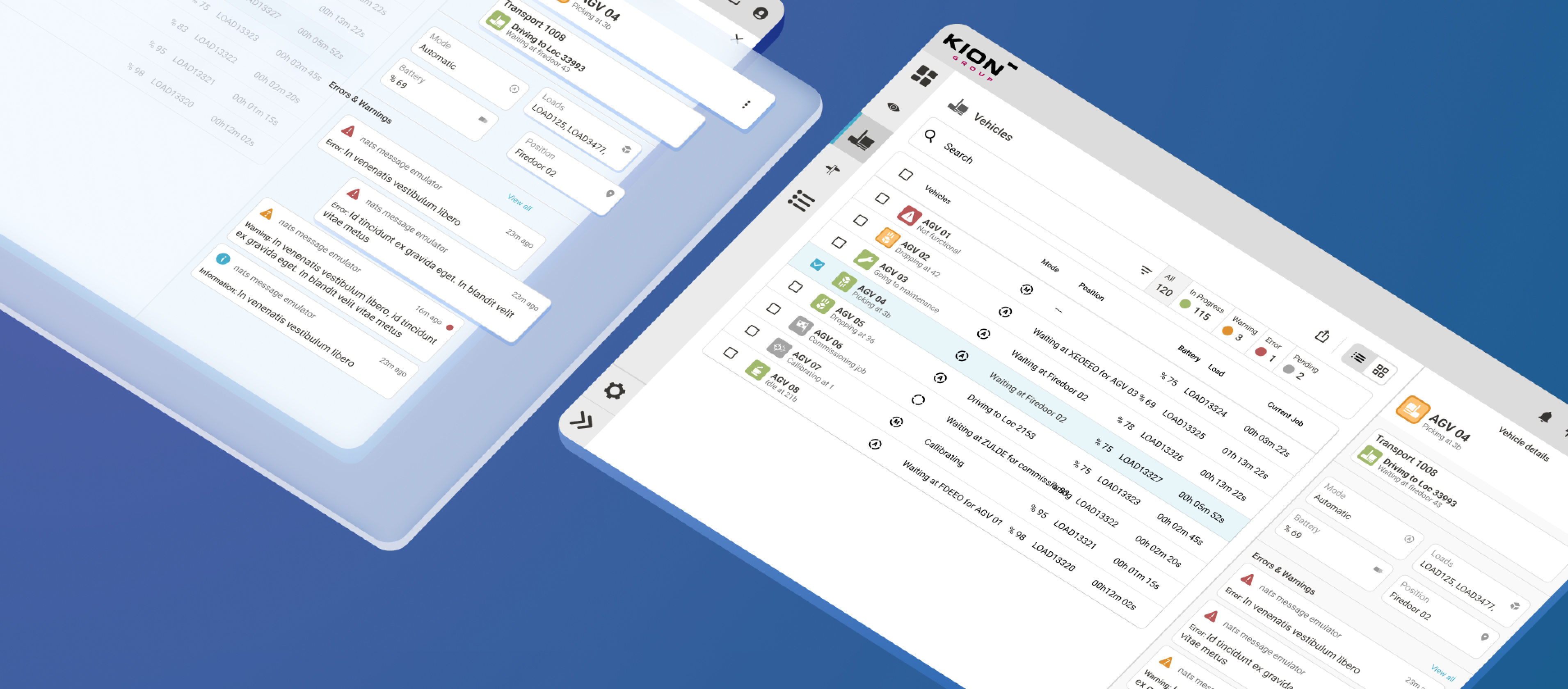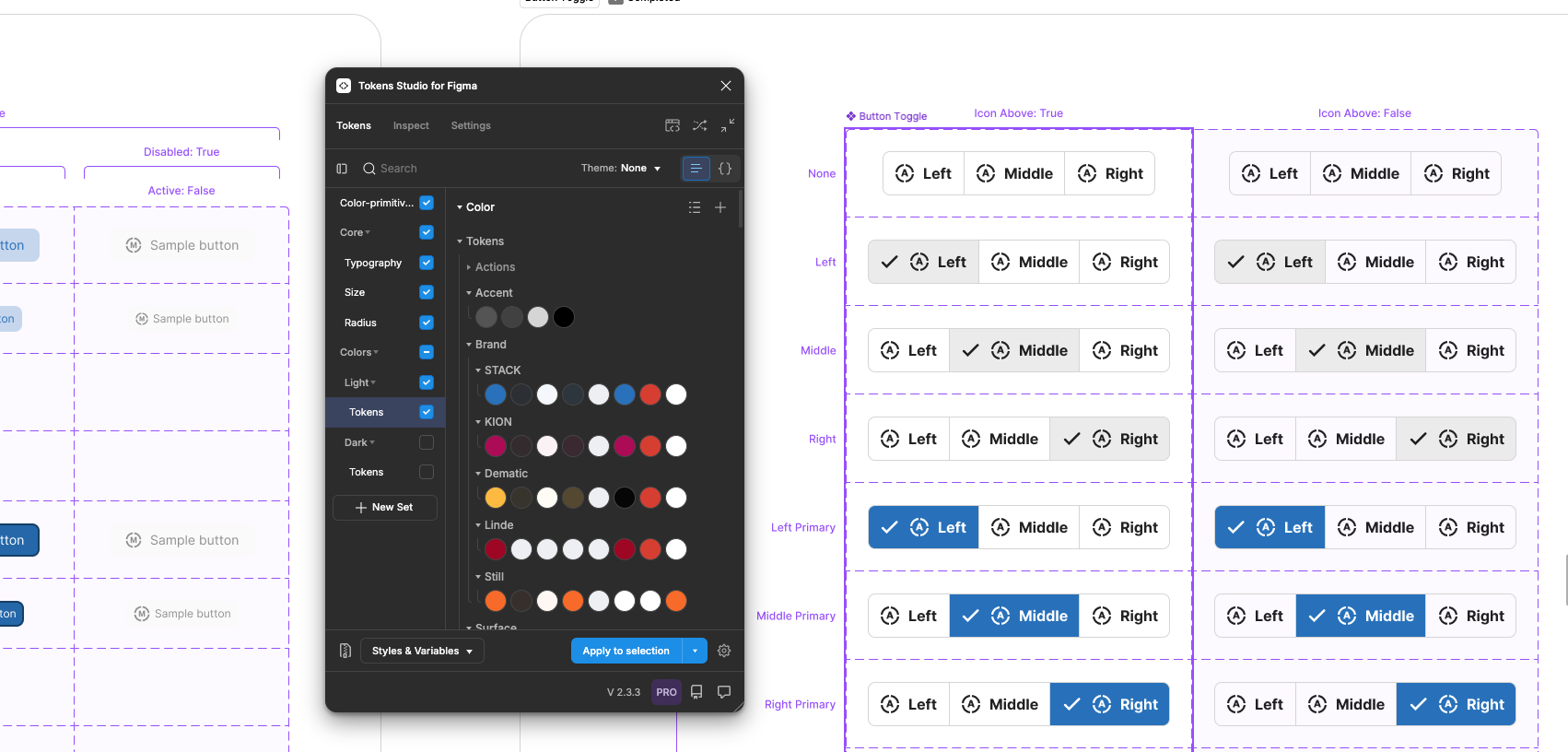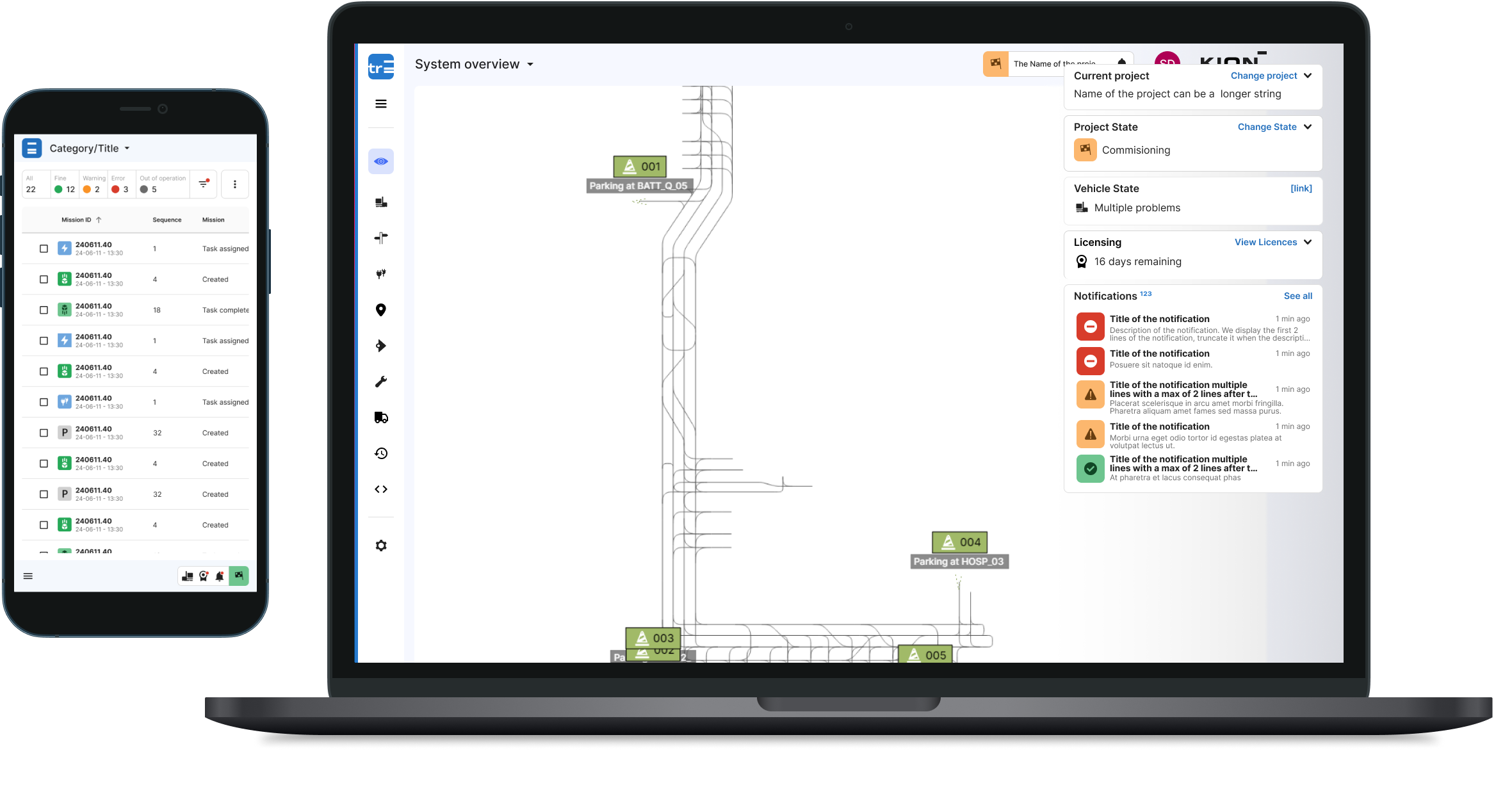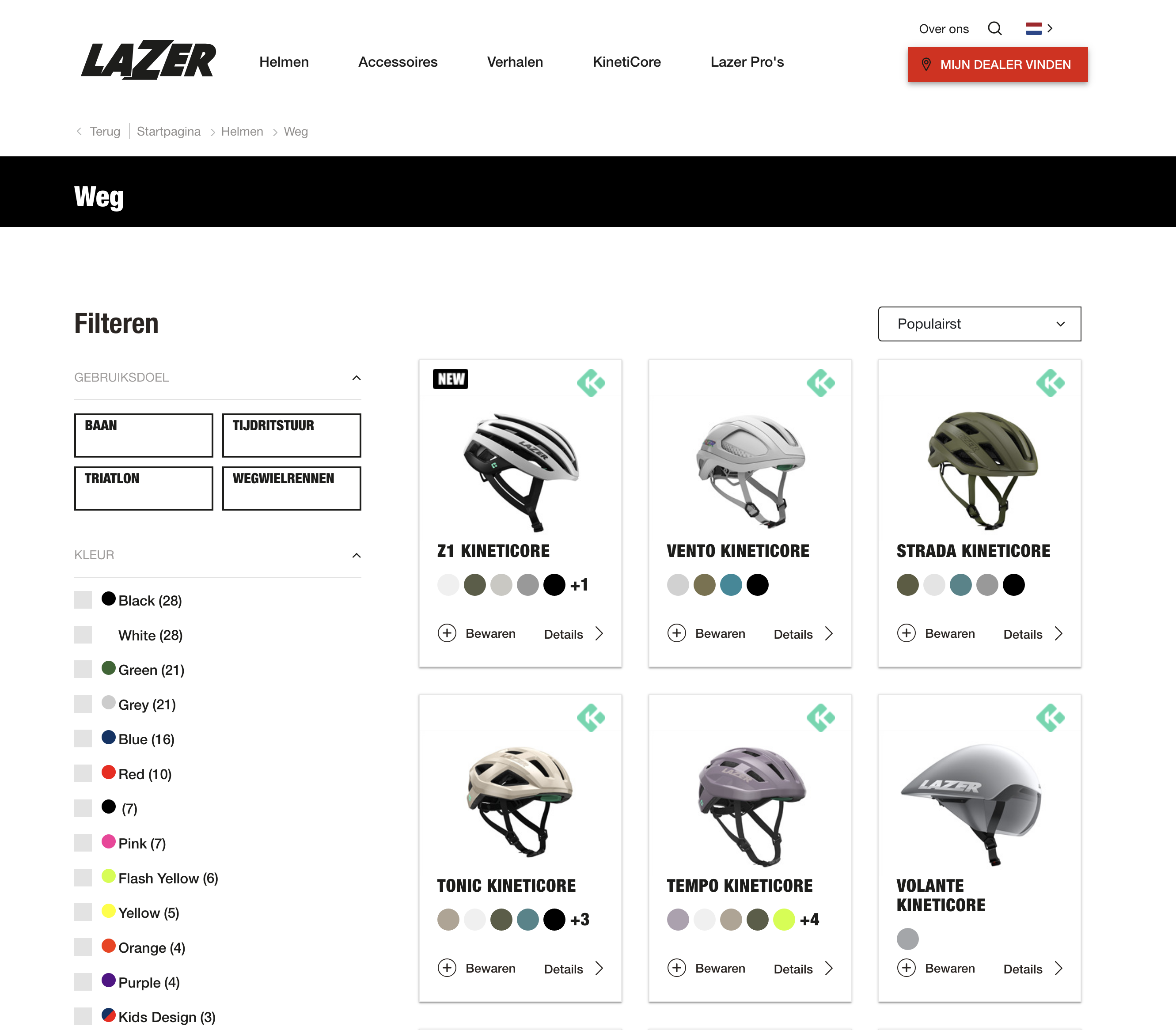Testing & Quality Assurance
Quality is at the heart of our design system. We’ve implemented a comprehensive testing strategy that ensures reliability and consistency.
Component Testing
Each Angular component undergoes rigorous testing through multiple approaches:
- Unit tests with Jasmine and Karma for isolated logic
- Integration tests with TestBed to verify component interactions
- Visual regression testing through Chromatic to ensure design consistency
- E2E tests with Cypress for critical user flows
Accessibility
Our automated accessibility testing helps maintain WCAG compliance, making our components usable for everyone.
Cross-Platform
Extensive cross-browser testing guarantees consistent behavior across all platforms and devices.
Documentation
Documentation is crucial for design system adoption. Through ZeroHeight, we’ve created an interactive learning environment where developers can explore components in real-time.
Our documentation goes beyond basic usage guidelines, offering practical examples and best practices drawn from real implementation scenarios. The platform maintains perfect sync with our design files, ensuring that documentation evolves alongside the design system.
Angular Component Documentation
For Angular components, we provide comprehensive documentation that includes:
- Interactive examples with stackblitz integration for live code editing
- API documentation generated from TypeScript interfaces and JSDoc comments
- Usage guidelines with code snippets for common implementation patterns
- Performance considerations and best practices specific to Angular
Regular updates and clear changelogs help teams stay current with the latest improvements and features.




